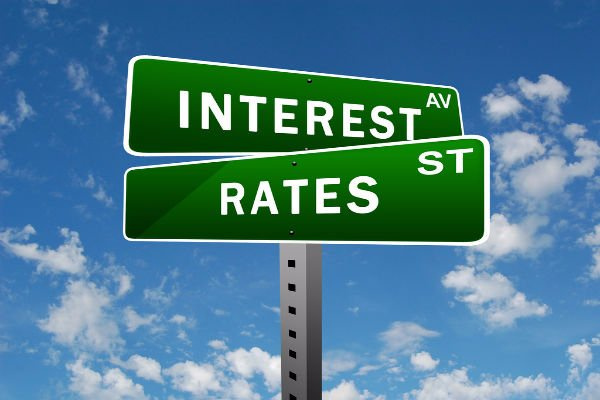A Relief for Borrowers as Borrowing rate drops from 30.07% to 22.22%:
By Prince Ahenkorah
In a significant relief for borrowers across the nation, Ghana’s lending landscape is transforming, witnessing a sharp decline in average borrowing costs.
The average lending rate has dipped over 7 percentage points since the start of 2025, standing at 22.22% in October, according to the Bank of Ghana’s November 2025 Summary of Economic and Financial Data.
This downward movement, however, has not been linear. After reaching a peak of 30.12% in February, lending rates began to ease, first falling to 29.18% in March, followed by reductions to 27.40% in April and 26.90% in May.
A slight reversal occurred in June, where rates edged back up to 27.00%, but the trajectory shifted again in the latter half of the year, signaling a renewed commitment to lowering the burden of borrowing.
Compounding this positive trend is the Ghana Reference Rate (GRR), an essential benchmark that influences lending rates across the banking sector.
The GRR saw a dramatic decline to 17.86% in October, a substantial drop from 29.72% in January, reinforcing the overarching trend of easing credit costs nationwide.
Central to these developments has been the decisive action of the Bank of Ghana. In September 2025, the Central Bank lowered its policy rate to 21.50%, citing key factors such as sustained disinflation, robust economic growth, and improved external financial buffers.
This strategic reduction aims to stimulate lending, foster business expansion, and alleviate the pressures of high-interest rates on both households and enterprises.
However, it’s important to note the variability in lending rates across different banks and sectors. While some banks offer loans closely aligned with the Ghana Reference Rate, others maintain rates as high as 39%, leaving borrowers to navigate a patchwork of lending practices.
Overall, the decline in lending rates from 30.07% to 22.22% represents a notable enhancement in Ghana’s credit environment.
It offers a glimmer of hope that with continued macroeconomic stability and effective policy interventions, the nation could see even more affordable financing options in the near future, paving the way for enhanced economic activity and growth.


